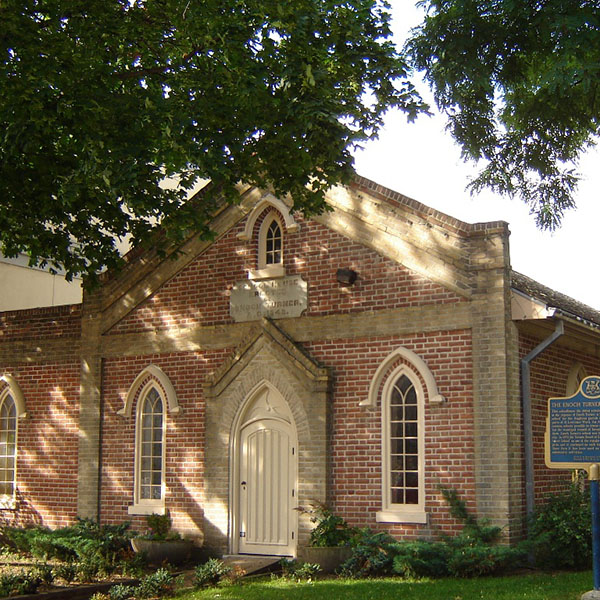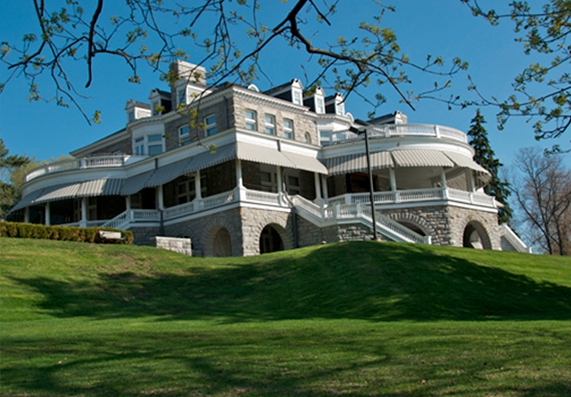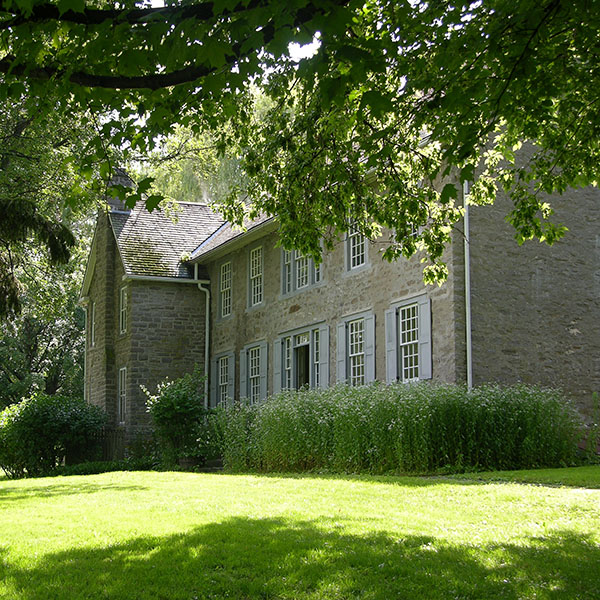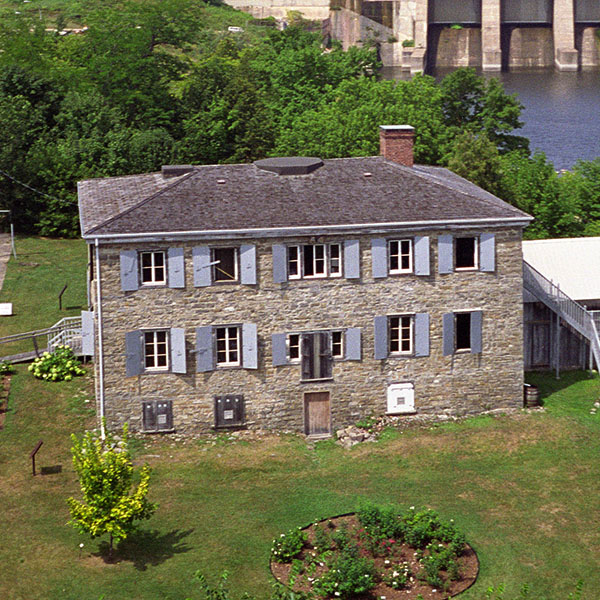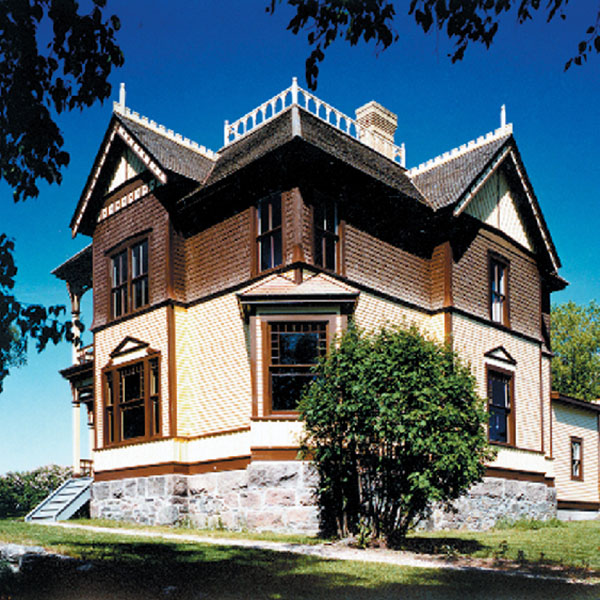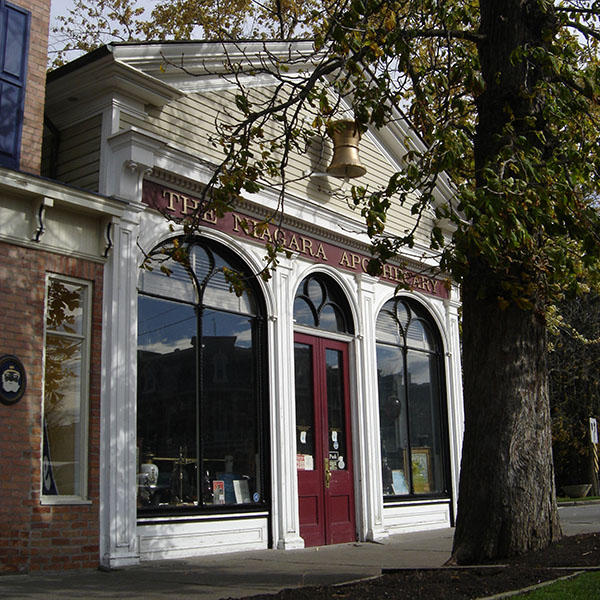Menu
Opening for the season on May 17
An estimated 30,000 Black refugees from slavery in the United States fled to Canada along the silent tracks of the Underground Railroad — a network of people who aided these refugees as they followed the North Star to freedom. One of these freedom seekers was abolitionist, preacher and author Josiah Henson.
After escaping to Upper Canada (now Ontario) from slavery in Maryland and Kentucky, Josiah Henson established himself as a conductor on the Underground Railroad, travelling the clandestine network of paths and safehouses in reverse. In his role as conductor, he rescued 118 enslaved people.
A strong proponent of education and self-reliance, Henson relocated to Dresden, Ontario in 1841 and co-founded the British American Institute of Science and Technology with Oberlin, Ohio missionary Hiram Wilson. The settlement — known as Dawn — developed around the school. Its residents farmed, attended the Institute and worked at sawmills, gristmills and other local industries. Some returned to the United States after emancipation was proclaimed in 1865. Others remained, contributing to the establishment of a significant Black community in this part of Ontario.
Known as “Uncle Tom” through his connection to Harriet Beecher Stowe’s 1852 anti-slavery novel, Uncle Tom’s Cabin, Josiah Henson was one of the most famous Canadians of his day. Henson's celebrity raised international awareness of Canada as a haven for refugees from slavery.
29251 Freedom Road (formerly Uncle Tom's Road)
Dresden, Ontario
N0P 1M0
Contact: Steven Cook
Telephone: 519-683-2978
Fax: 519-683-1256
Email: jhm@heritagetrust.on.ca
Map
Hours
May 17 to October 24, 2025 — Wednesday to Saturday, 10 a.m. to 3 p.m.; Sunday, Noon to 3 p.m.
School and groups of 15 or more can be pre-booked by email or phone year-round.
Emancipation Day 2025: Saturday, August 2
Admissions (HST included):
- Adults: $9
- Seniors: $7
- Students (aged 13-17): $7
- Children (aged 6-12): $5
- Children under 6: Free
Facilities:
- Picnic area
- Washrooms
- Parking
- Wheelchair access
The Josiah Henson Museum of African-Canadian History recognizes the accomplishments of Josiah Henson through interpretive videos, interactive exhibits, numerous artifacts and tours that reflect the Black experience in Canada. The two-hectare (five-acre) site consists of the Josiah Henson Interpretive Centre, with its Underground Railroad Freedom Gallery and North Star Theatre, plus three historical buildings – including the Josiah Henson house – two cemeteries, a sawmill and numerous artifacts that have been preserved as a legacy to these early pioneers.
Throughout the year, the site hosts many fascinating programs and activities. For example, each August Civic Holiday weekend, the site hosts Emancipation Day with various speakers, performers, exhibits and cuisine that reflect early Black life in Ontario. In addition, Black History Month programming takes place each February, as well as a Diversity Dialogue retreat for youth in the spring and an annual workshop for educators on how to incorporate Canadian Black history into their curriculums.
The museum is owned and operated by the Ontario Heritage Trust.
Take a virtual tour of this property:
| Josiah Henson Interpretive Centre | Harris House |
| Josiah Henson House | Pioneer Church |
The Museum complex
The property containing the Josiah Henson Museum of African-Canadian History is part of 81 hectares (200 acres) of land purchased in 1841 to establish the Dawn Settlement – a refuge for the many fugitives from slavery who escaped to Canada from the United States. The Josiah Henson Interpretive Centre, located on the site, houses a collection of 19th-century artifacts and rare books pertinent to the abolitionist era, as well as displays highlighting Reverend Josiah Henson's life.
At the Interpretive Centre, visitors are ushered into The North Star Theatre for an audio-visual presentation and introduction to the history of this historical site. The Underground Railroad Freedom Gallery recounts the history of freedom seekers – from being taken from Africa and enslaved in the United States to finding freedom in Canada. The Central Station Gift Shop offers a wide selection of unique African and Canadian art and souvenirs, as well as an extensive selection of books.
Other buildings include:
- The Sawmill – one of the methods by which the land was cleared. The sawmill restoration project was completed in 2019.
- The Smokehouse – housed in the trunk of a sycamore tree, once used for curing and preserving meat.
- The Josiah Henson House – the dwelling where Josiah Henson and his wife Nancy lived during the latter part of their lives (restored to the circa 1850 period).
- The Henson Family Cemetery – located adjacent to the church (the Josiah Henson memorial stone and National Historic plaque are also located here).
- The Pioneer Church – dating back to 1850, it contains the organ from the original church where Reverend Henson preached in Dresden.







